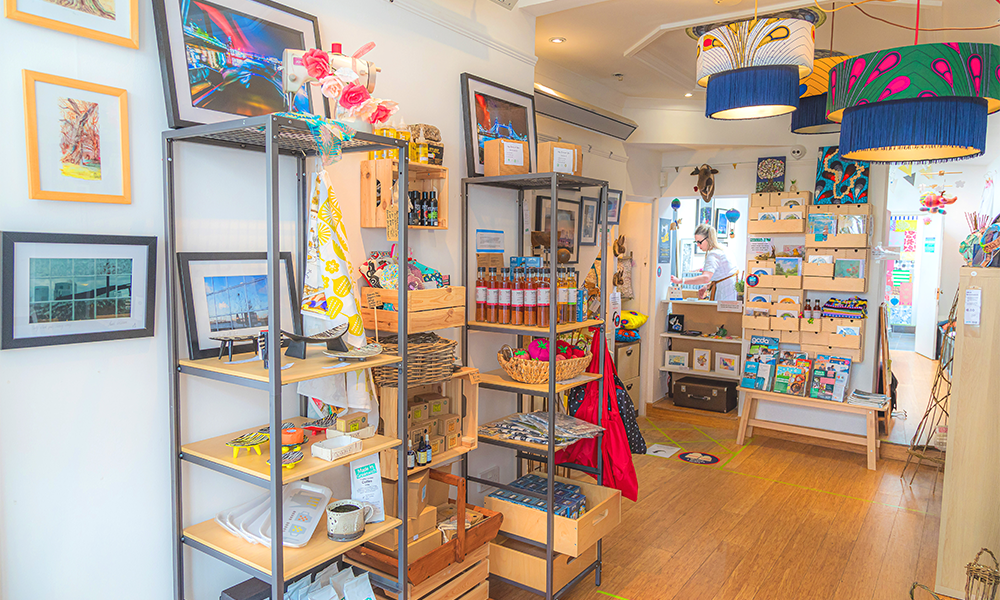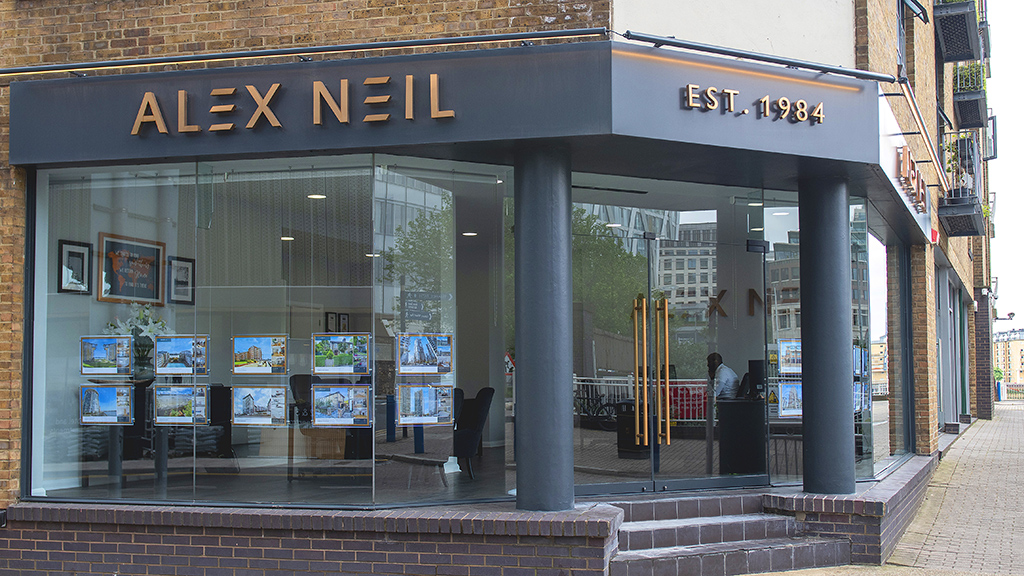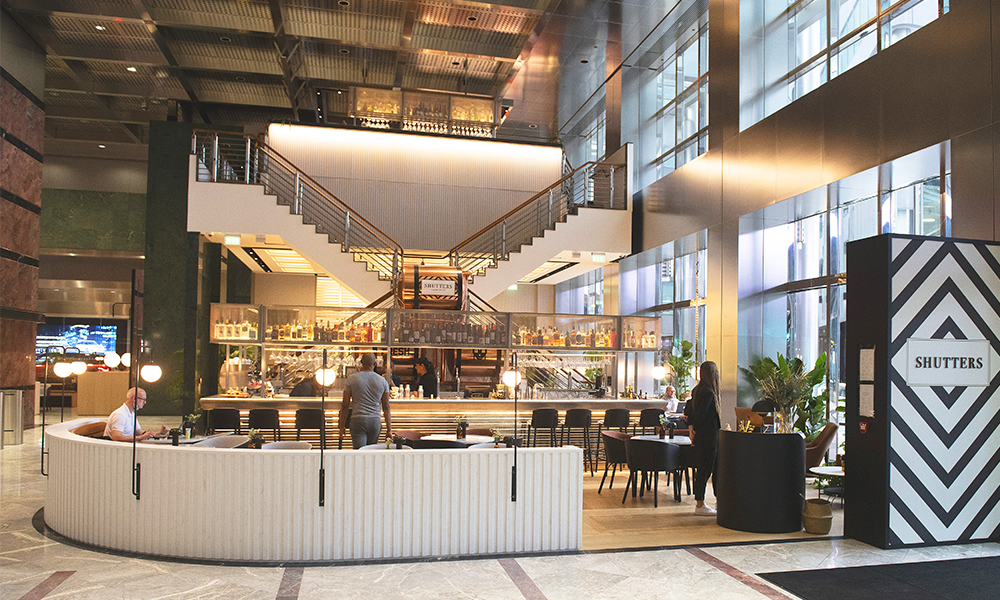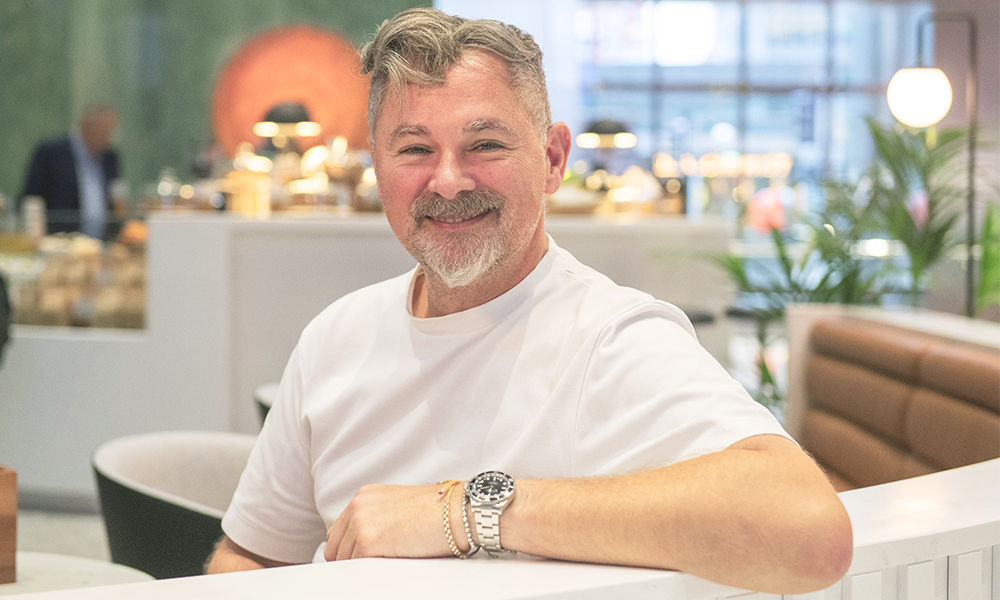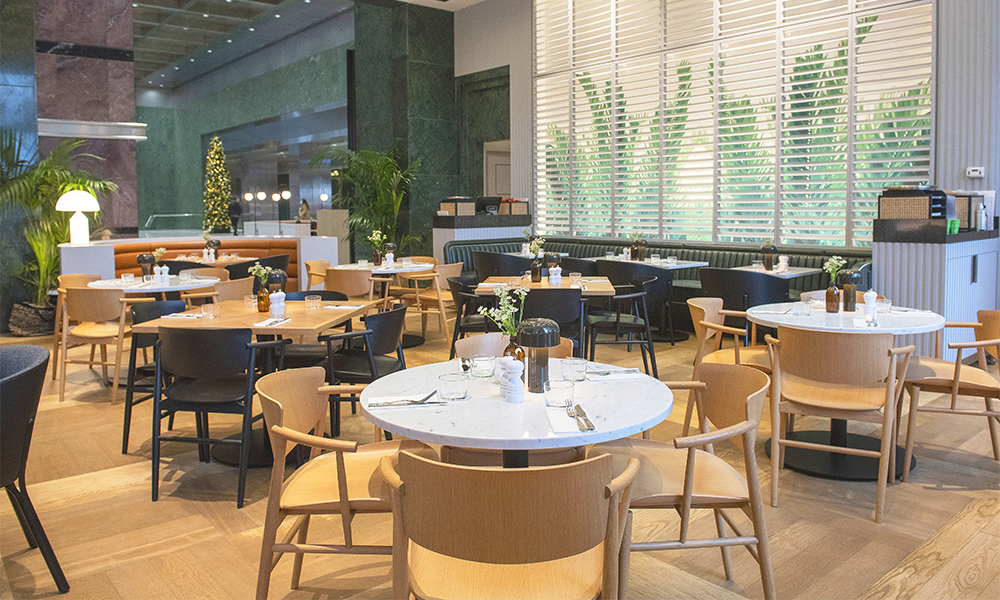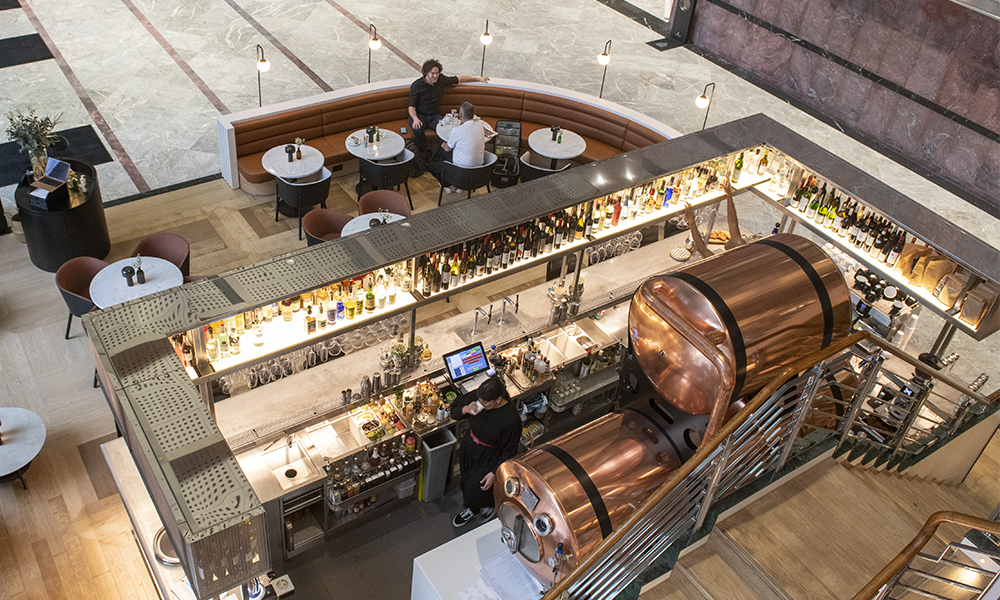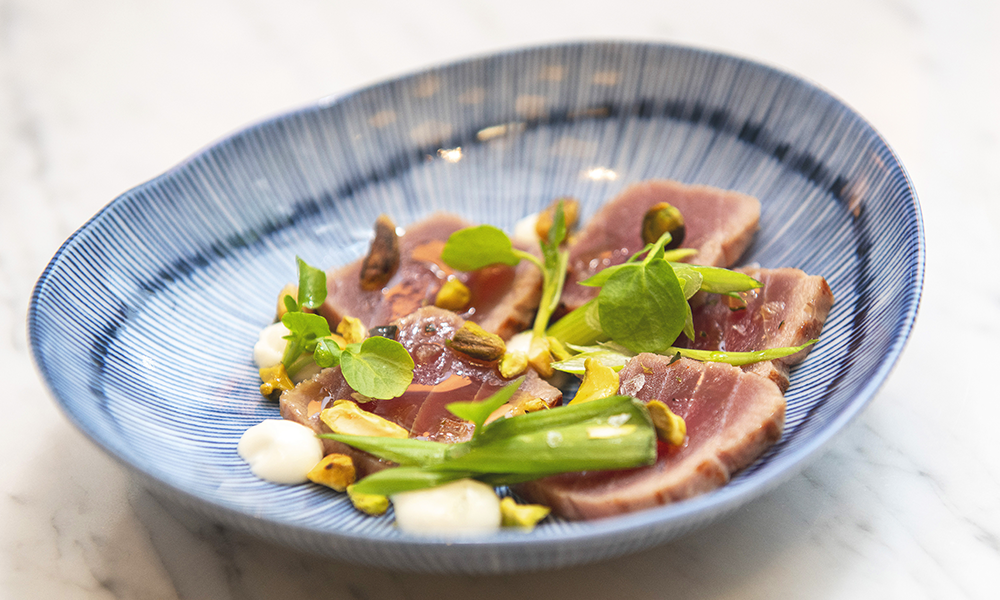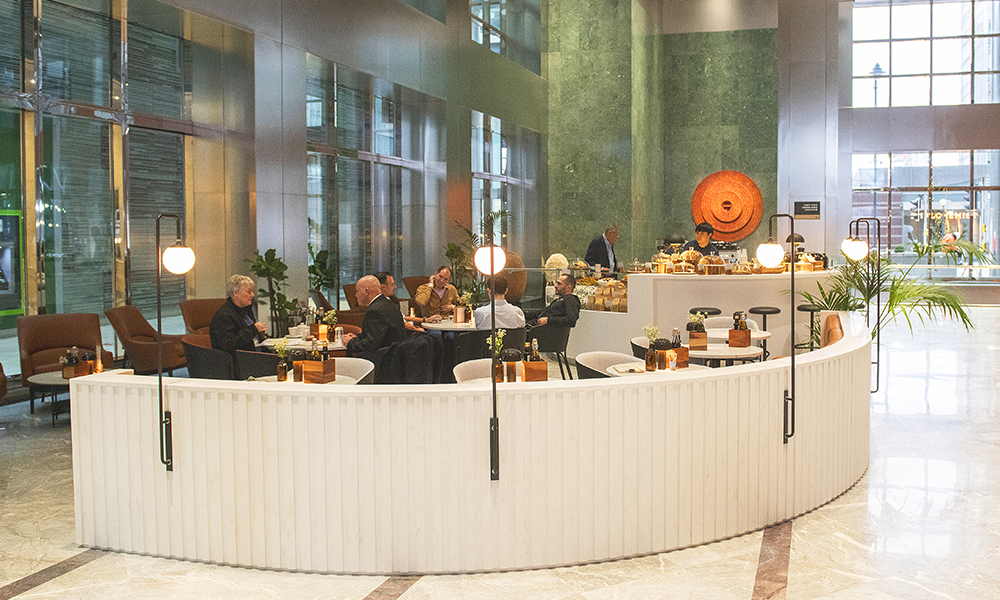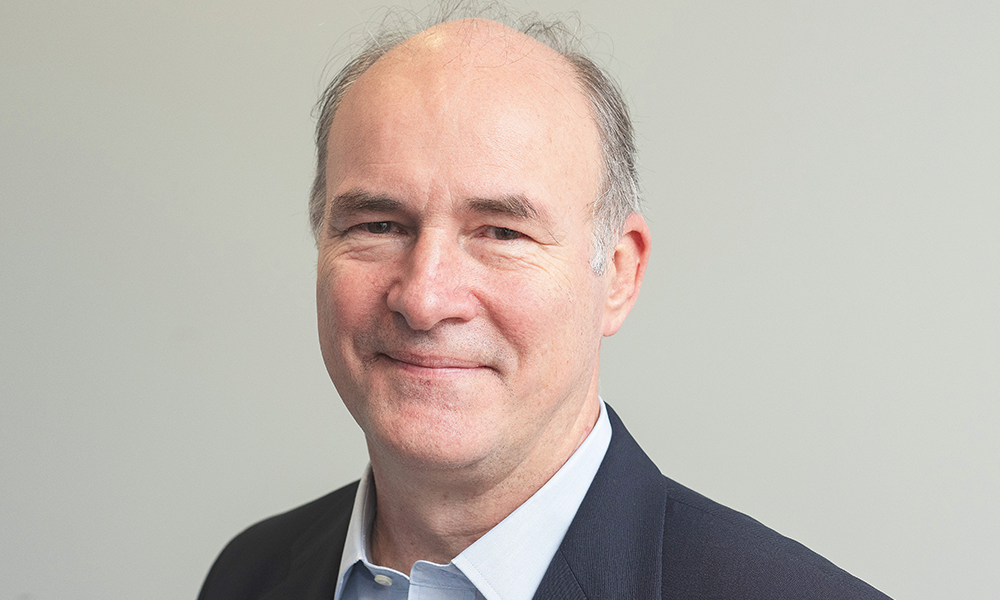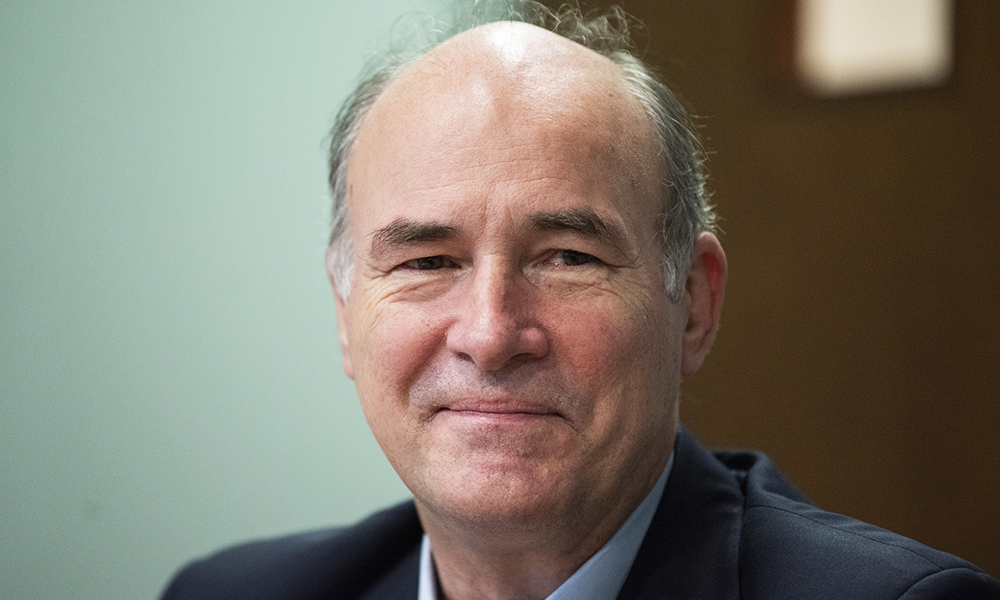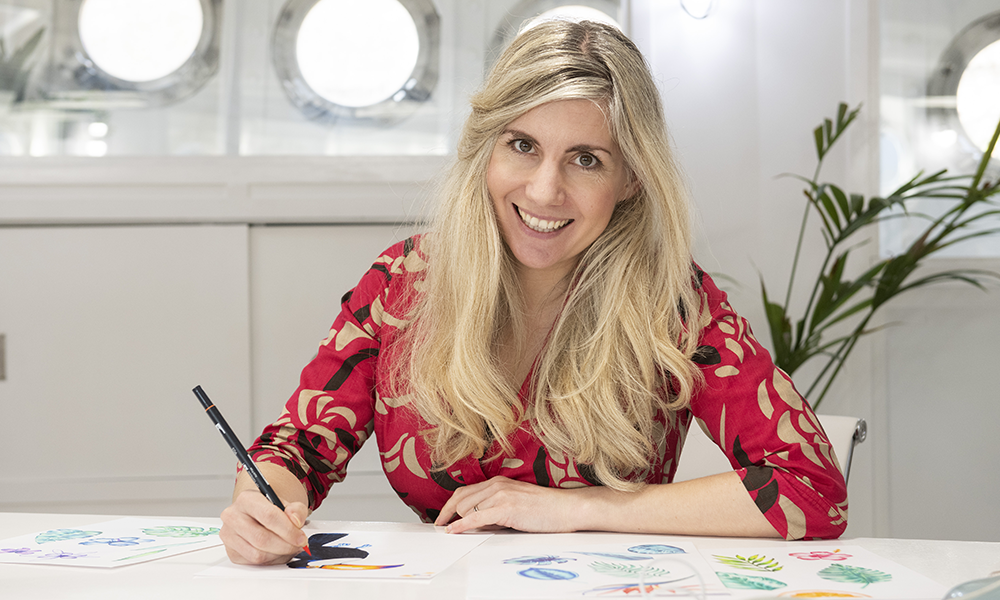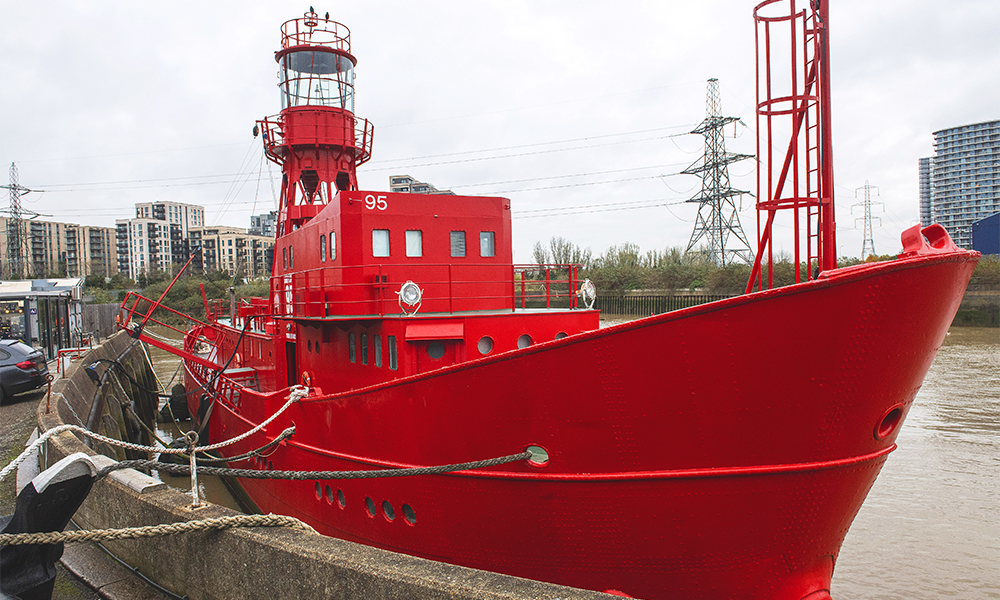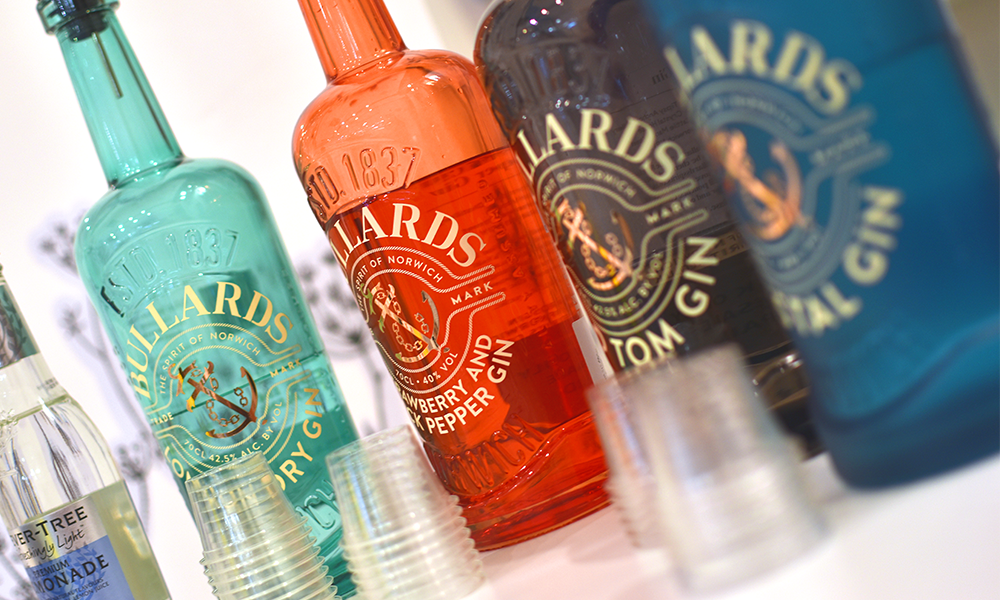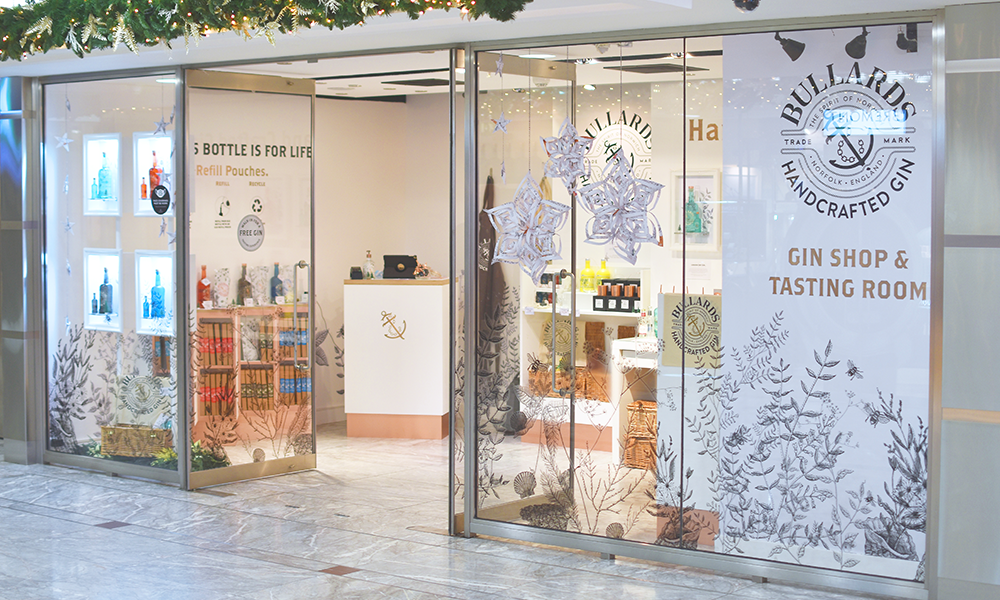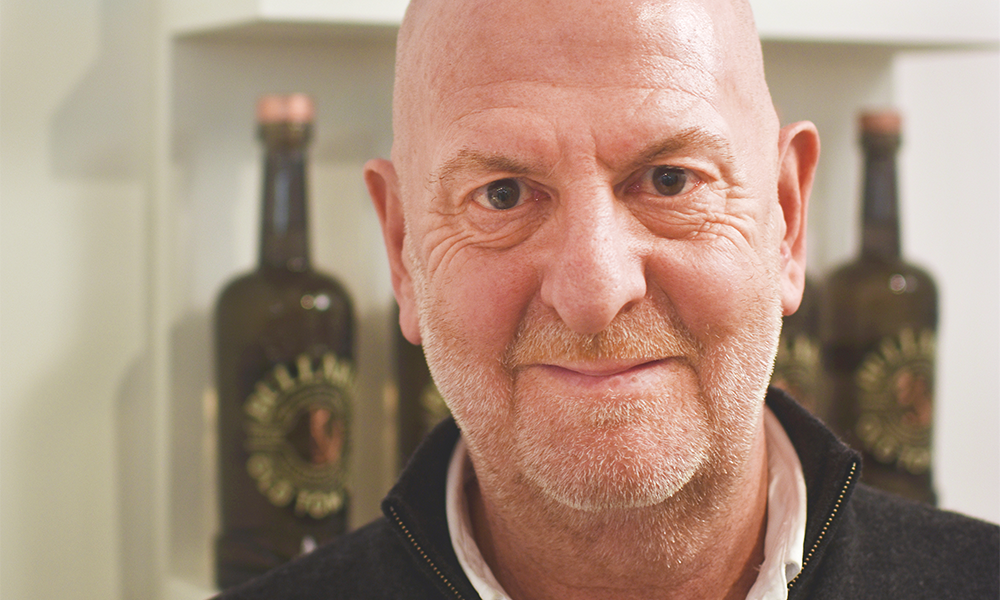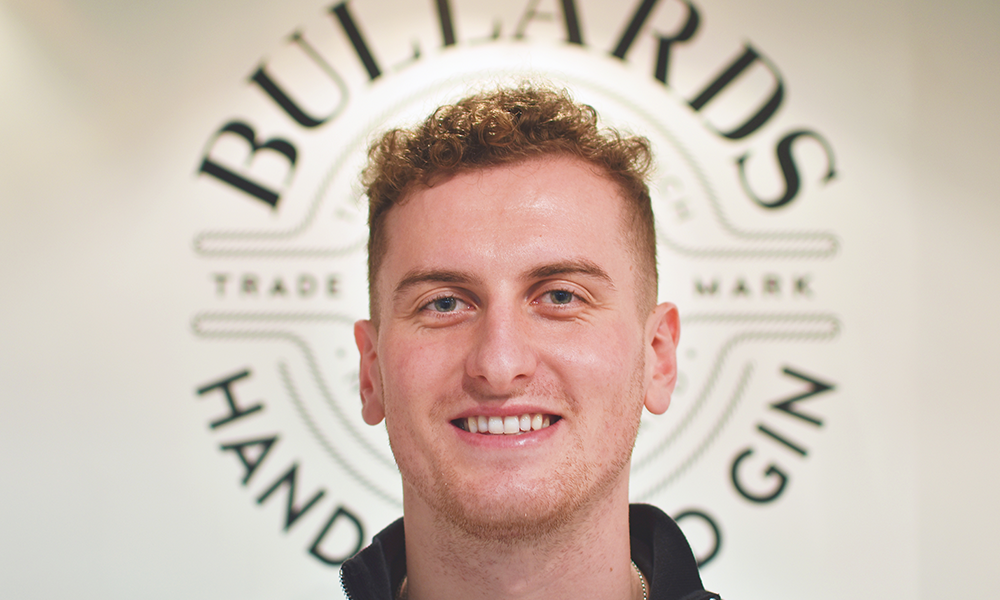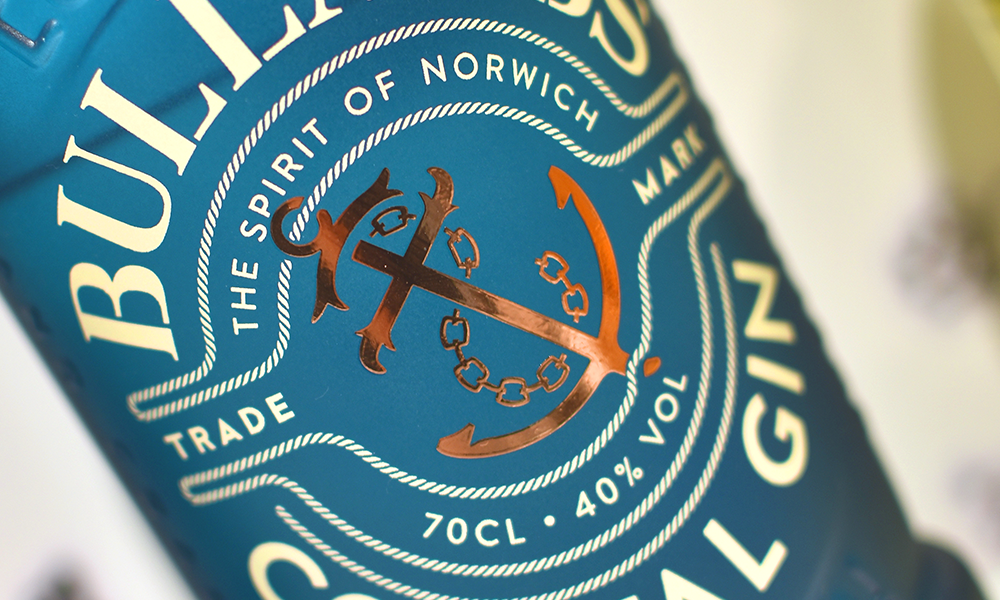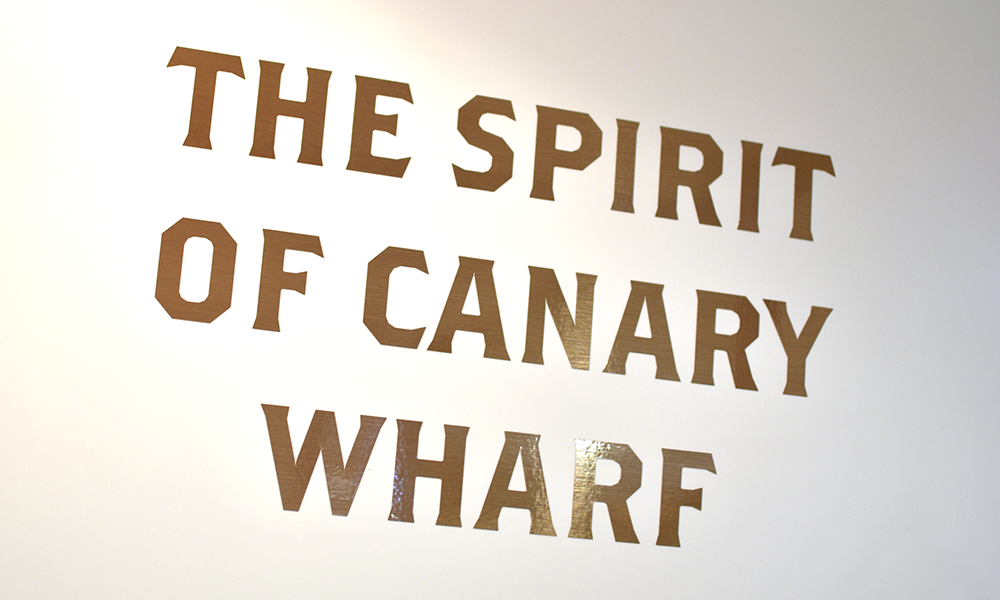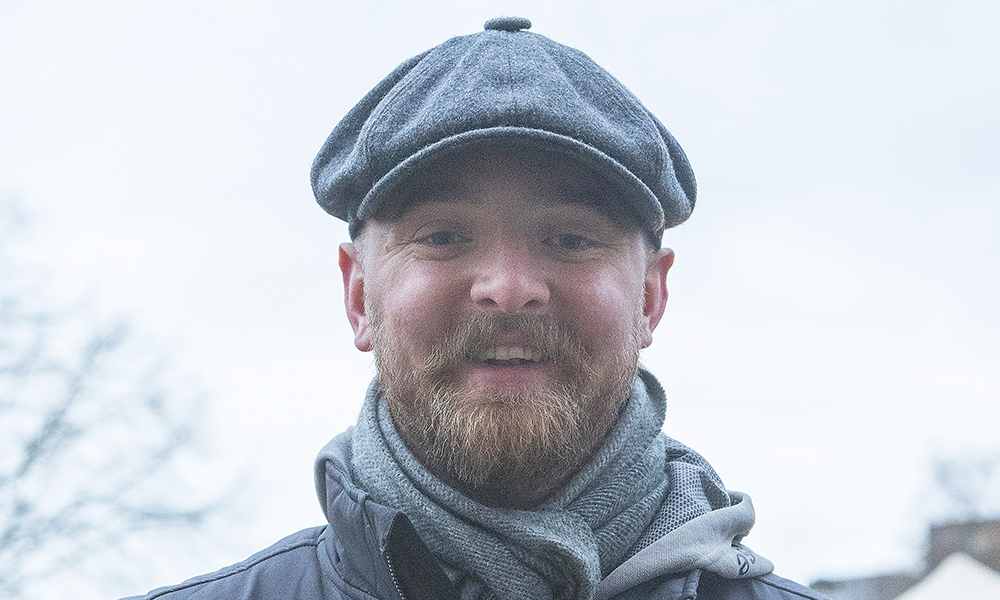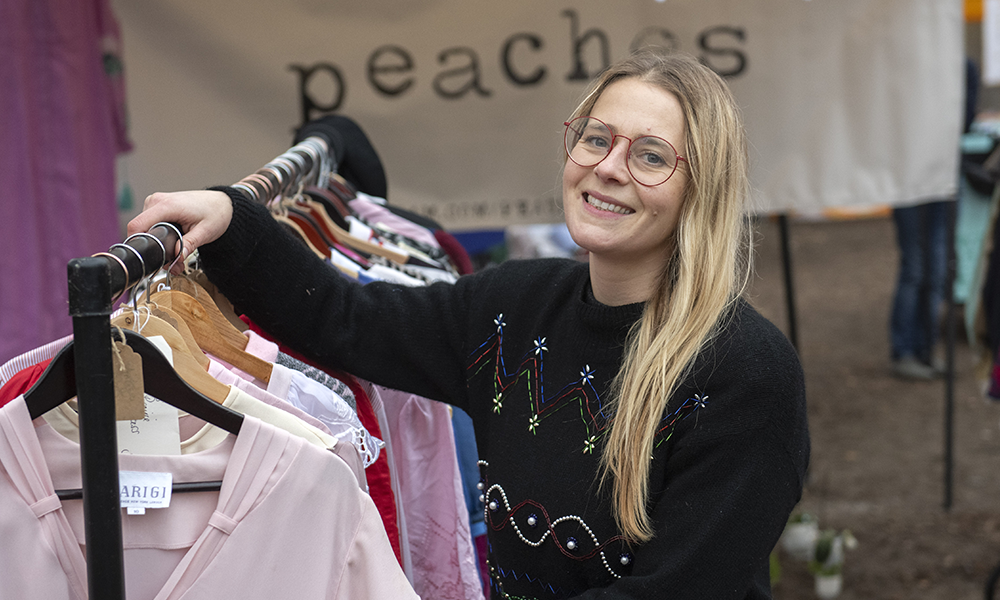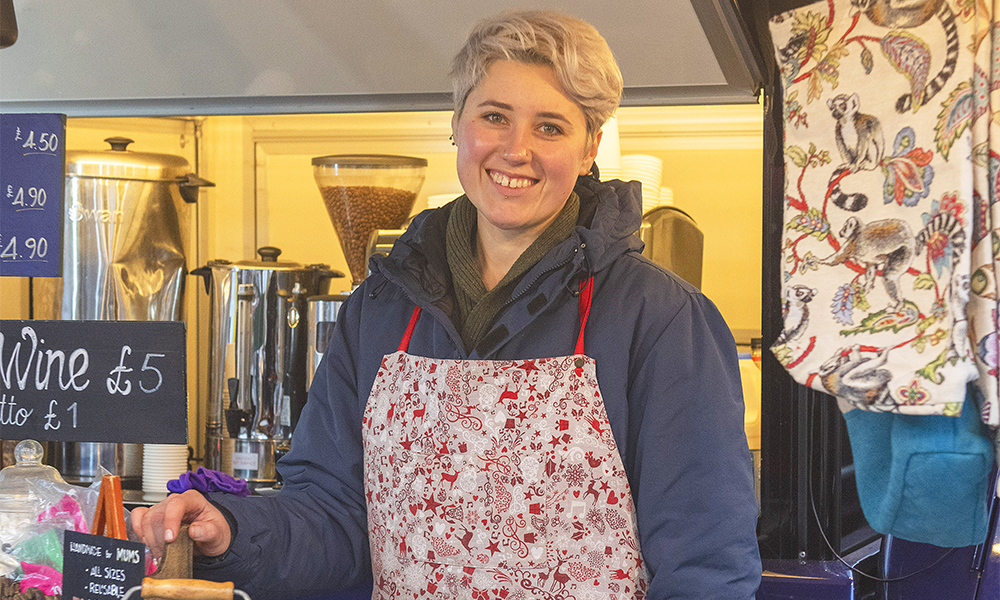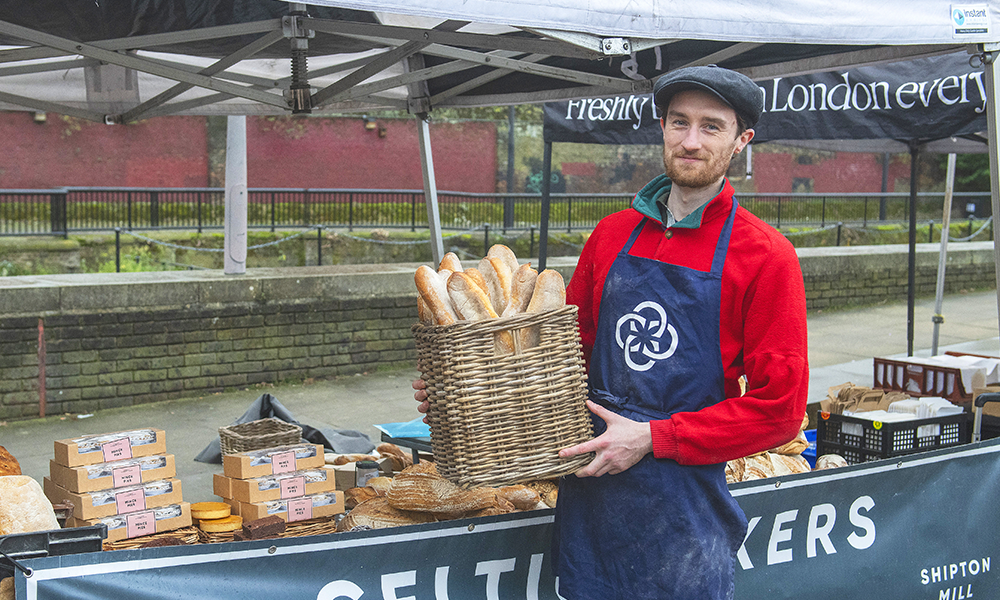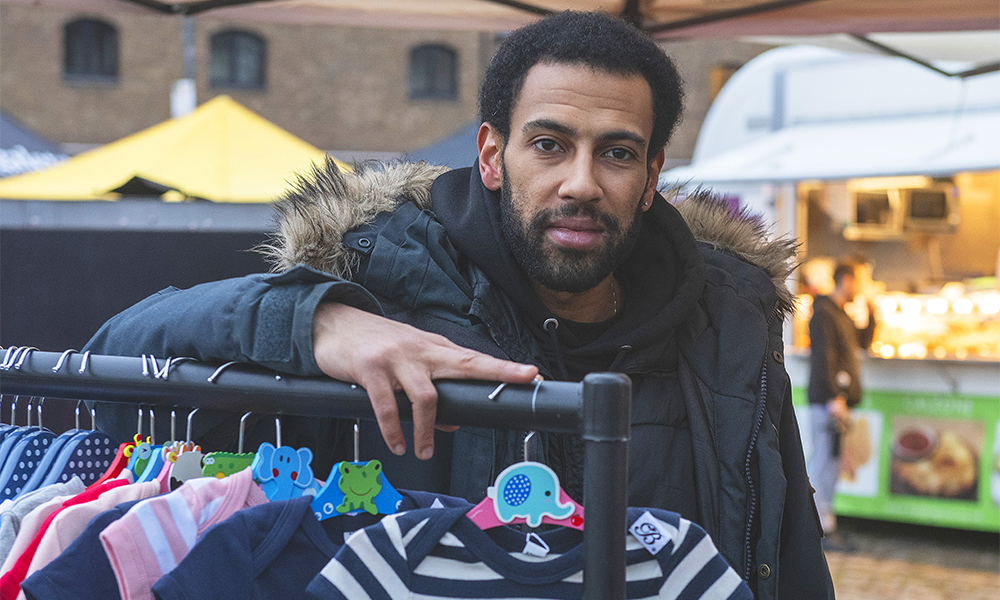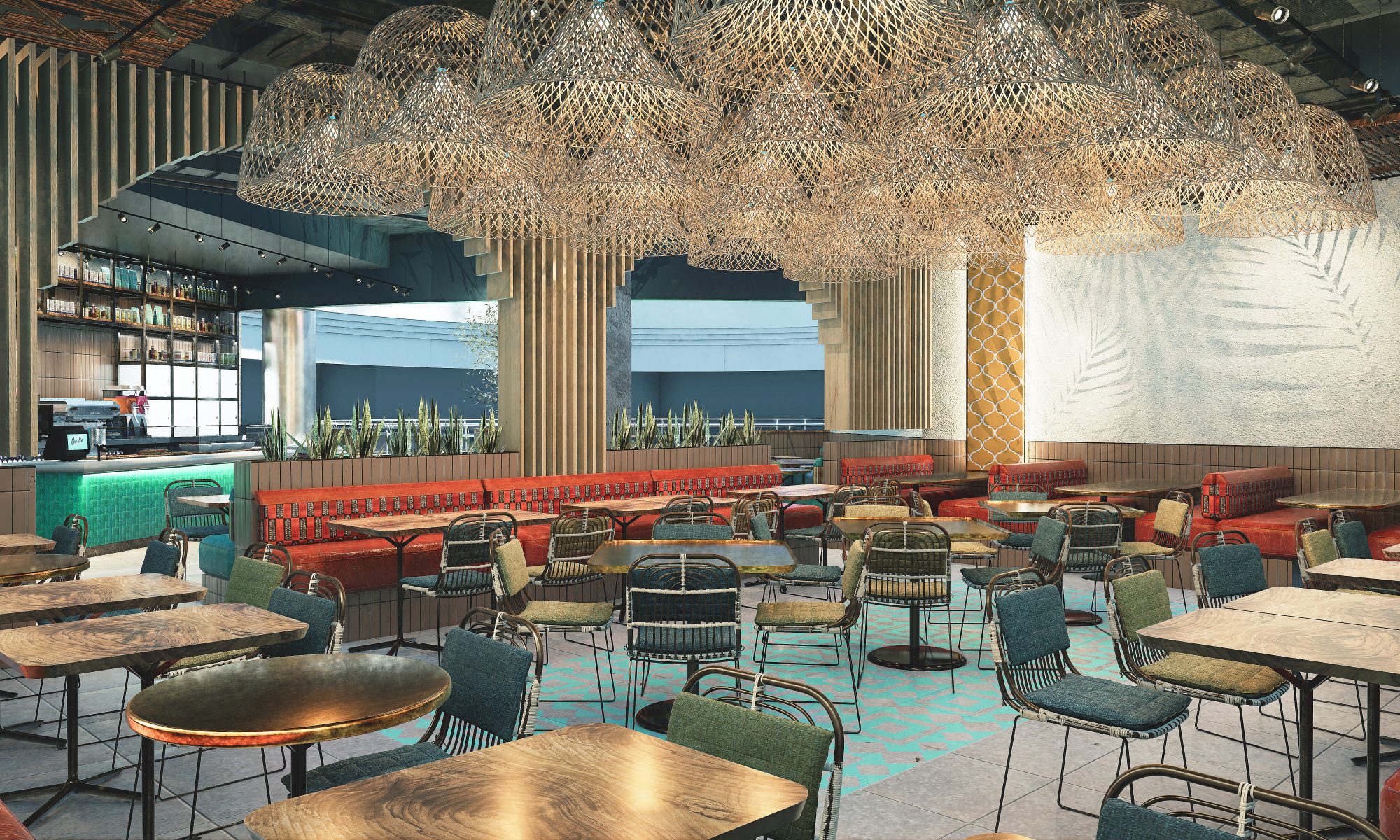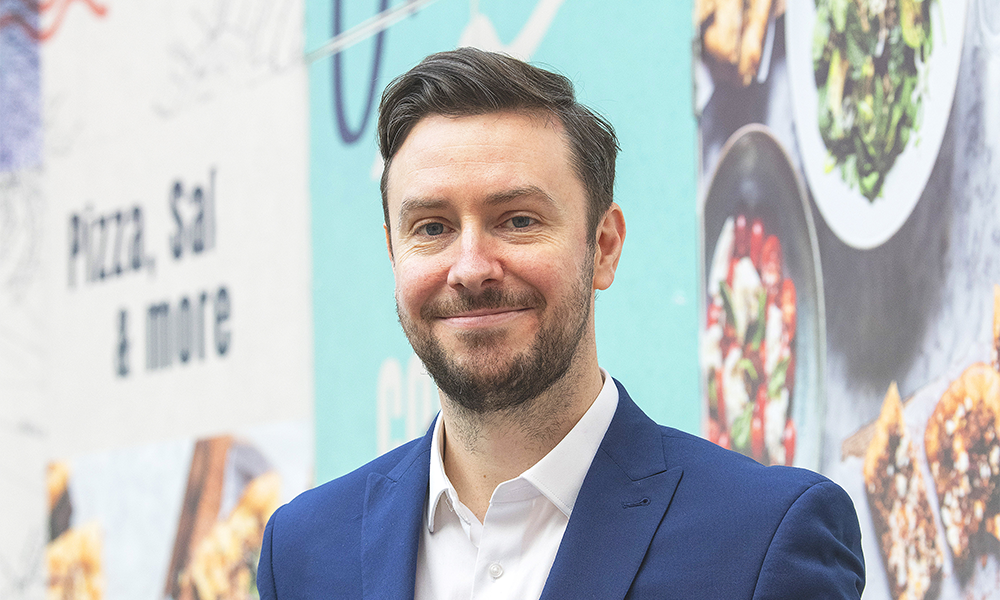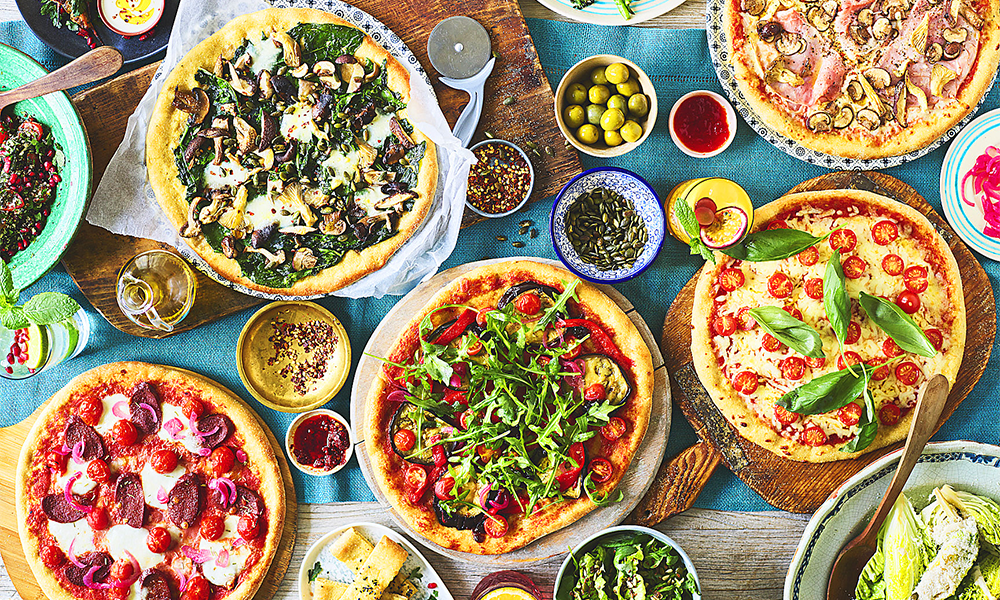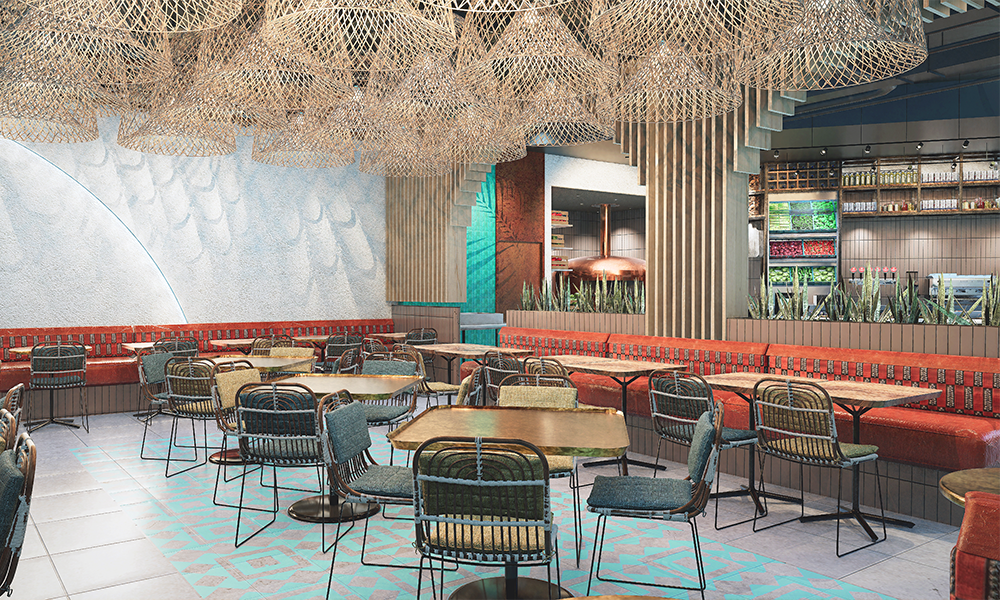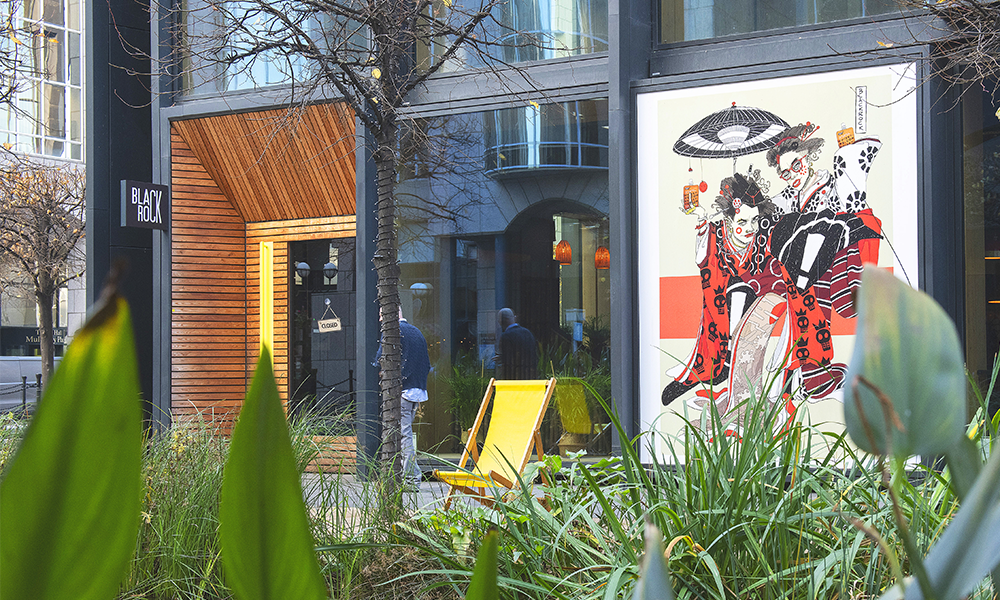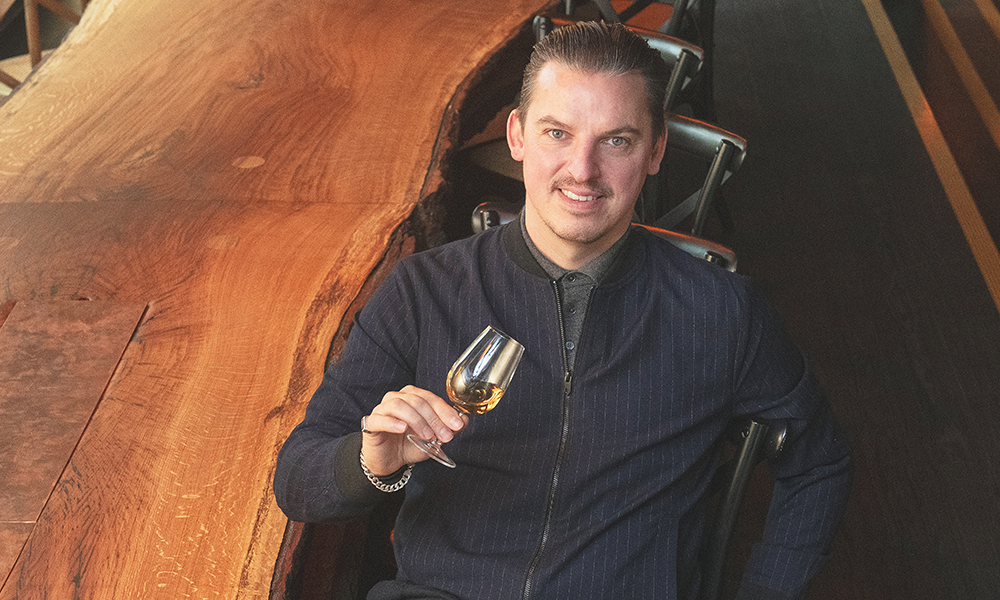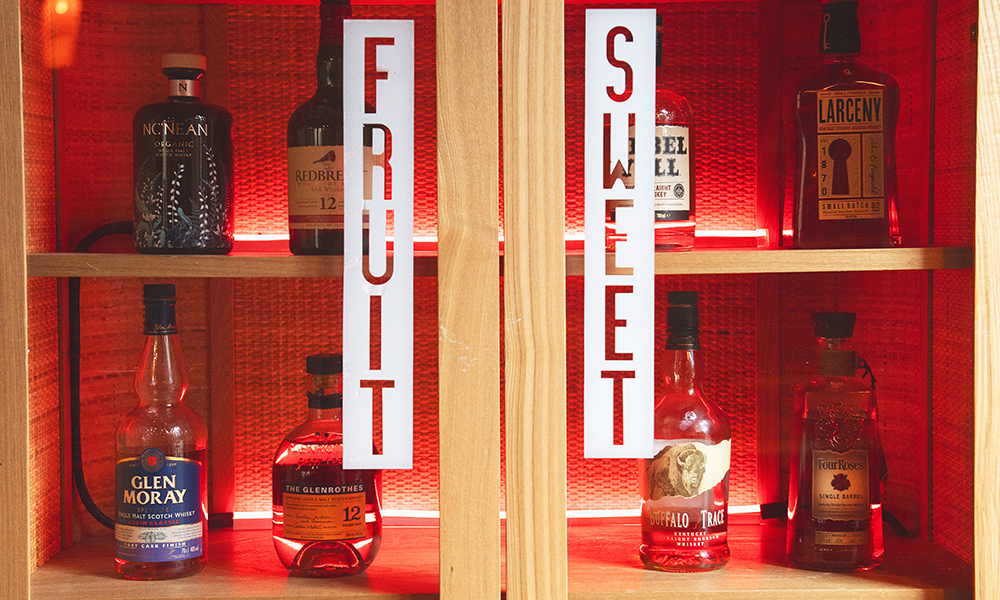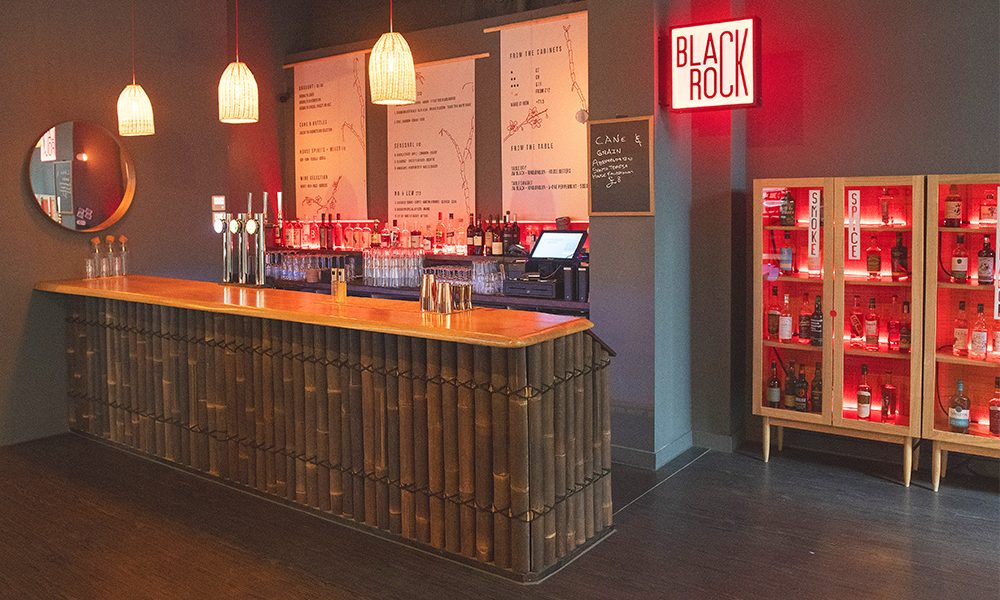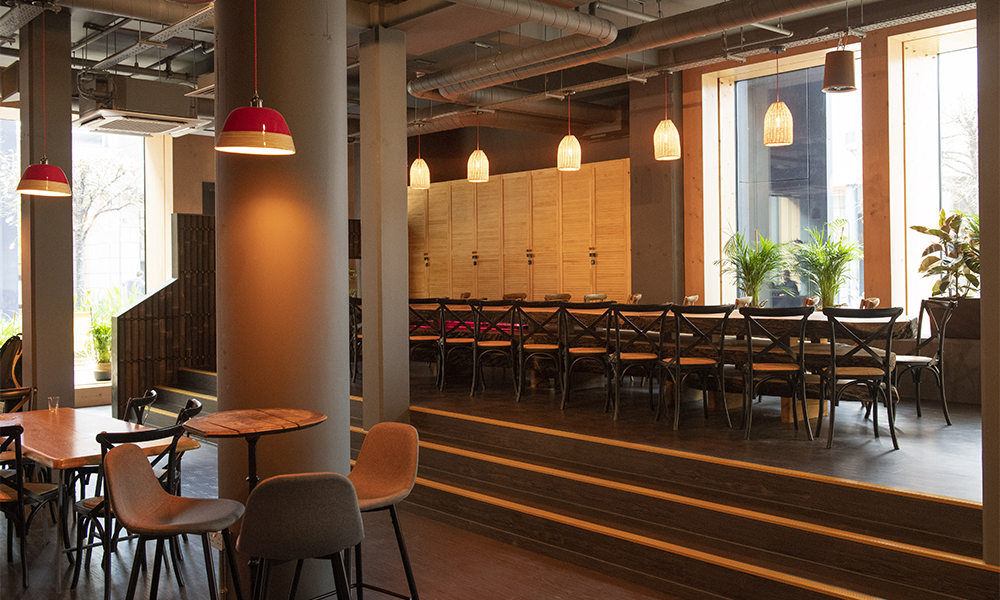As Greenwich Cooperative Development Agency marks its 40th, we chat to CEO Claire Pritchard
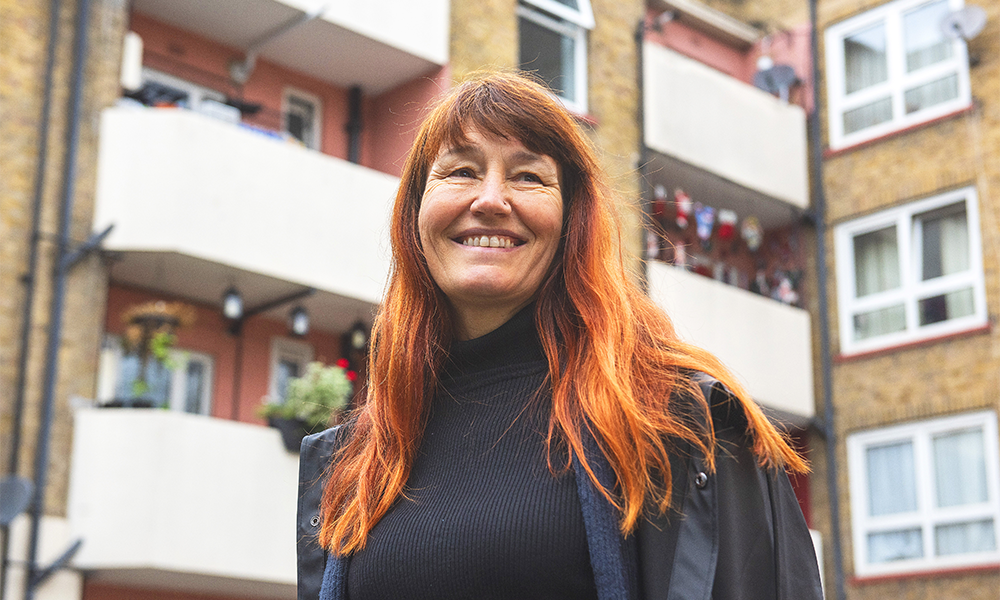
Subscribe to Wharf Life’s weekly newsletter here
Greenwich Cooperative Development Agency this year celebrates 40 years since its creation.
It was founded with a stated central mission to support the establishment of community owned, democratically managed cooperatives to boost employment, improve local economic opportunities and protect or provide local services.
In short, it’s spent four decades working to make the lives of people in the Royal Borough Of Greenwich better and there’s much more to come.
For the last 20 years, Claire Pritchard has worked for the organisation, taking over as director in 2010.
She said: “In our 40th year we really want to celebrate and highlight what we do. It’s still very much about community development.”
That might seem like a pretty open-ended statement, but Claire deserves some sympathy, because efficiently conveying the sheer breadth of GCDA’s activities is no easy task.
It supports, trains, educates, connects, sells, communicates, promotes and gives a platform to a Chinese Women’s Association to perform fan dances. It runs a community centre, a shop, markets and a commercial kitchen.
It hosts Yoga, boxing, Tae Kwon Do, Jujitsu, Mencap, a Vietnamese Women’s Group and provides space for a nursery and a domestic violence drop-in service.
It offers courses in starting businesses, community development, catering, feeding kids, crafts and horticulture, among others. Oh, and later this year it intends to open an art gallery.
It’s a complex web of industry, with threads woven right through the borough connecting entrepreneurs, makers and residents through the likes of GCDA’s operations at Woolwich Common Community Centre, Made In Greenwich and Greenwich Kitchen.
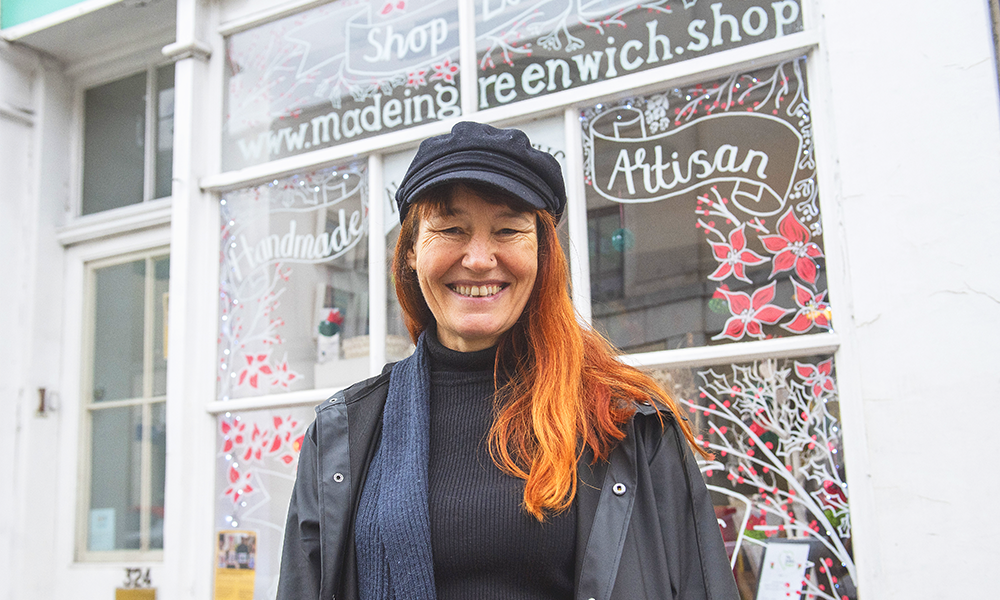
“This is what we’ve grown into,” said Claire, who joined the organisation in a role focused on food in the borough. “There was a big change about 15 years ago when we had to go from being a grant-funded organisation to one that could fund all of its own activities.
“That was really tough, but it enabled us to go back and see what we really wanted to do – what people’s needs were and how we could respond to them.
“For example, six years ago we found Woolwich Common Community Centre, which was one of the lowest occupied venues of its kind in the borough, located in one of the poorest wards in London. It was an area where people wouldn’t go in the evenings – but now it’s fully occupied.
“We really responded to what people asked us to do, so now there’s everything from table tennis to food growing, boxing training and much more.
“We’ve also always wanted to celebrate small businesses and support them.
“We wanted to do something called Made In Greenwich as a platform for local artists and makers that was sustainable.
“We’d been looking for years and eventually managed to secure a shop right in the centre of Greenwich.
“We now stock products and works of art from more than 100 makers in the borough – supporting fledgling businesses who don’t have the money to market themselves so they can grow and refine their operations.
“Made In Greenwich has just won the 2021 award for retail at the Best Of Royal Greenwich Business Awards and it’s a brand we really want to develop.
“Our strategy as an organisation is not necessarily about us having practical projects, but about looking at and celebrating what and who we’ve got in the borough – to promote those businesses and their sustainability because that’s how you create local wealth.
“Now we’re pursuing a gallery space, which is in a prime position just around the corner from our shop, because exhibitions are a great way to make campaigns whether it’s around equality, refugees or any other topic. We hope to open that in the autumn.
“What we’ve worked out is that, being local and knowing where we work is really important – we want people who work with GCDA to be part of that community.
“We also know that in the future we don’t want to get much bigger as an organisation.
“The way to achieve what we want is to have a series of buildings where that work can come from – a gallery, a community centre, a shop or even a pub – so we can curate more activities to serve the needs of local residents.
“We have developed a very particular model for doing this, and we’d like to find a way to support other areas to do it too – not doing it ourselves because we don’t want GCDA itself to get really, really big.
“I did present to Tower Hamlets the other day, for example and Greenwich University have some funding in place to work with North Kent council to replicate our community centre model around food, social enterprise and sustainability.
“Where we have been successful in supporting communities, we would like to support other organisations to replicate this in the next 20 years.
“In Greenwich we want to help our communities thrive socially and economically, whether that’s by creating a nicer environment for people, training them in cooking skills, helping them access affordable fruit and veg or campaigning for more social housing and to protect public assets.
“In the 20 years I’ve worked here, one of the things that has made me most proud has been how everyone involved in GCDA has responded to the pandemic, turning our services on their head in a single day after the first 2020 lockdown and working out how to care for the very vulnerable, something we’re continuing to do.
“We’re a small organisation – there are fewer than 40 of us – but I think we’ve provided more than a million meals to those in need and we continued to support the traders at our markets, local businesses and our makers.
“If people would like to get involved, they can look at our website or find us on social media, but they can also come and see us at Made In Greenwich or at one of our markets.
“We’re always interested to talk to people and you can always join as a member. It’s through talking to those using our services and our members that we’ll define what we do in the next two decades.”
Read more: East End Community Foundation unveils Life Chances Campaign



